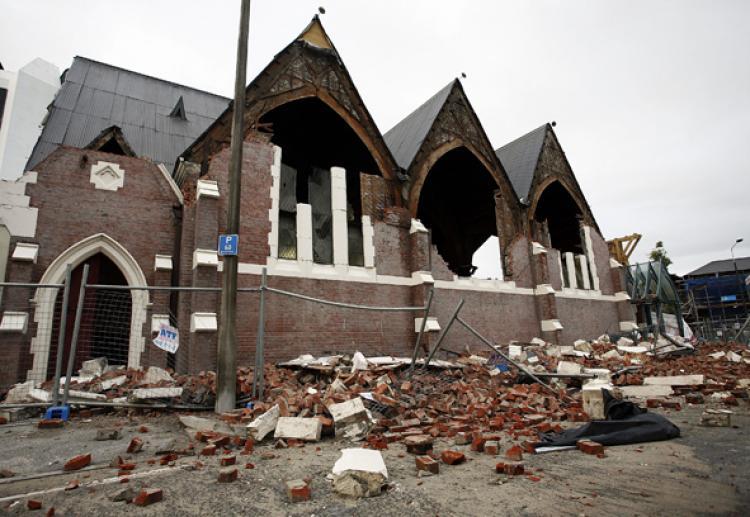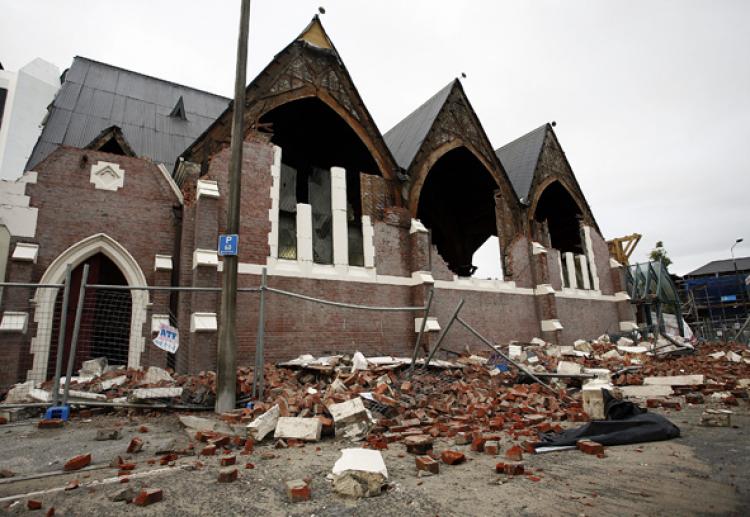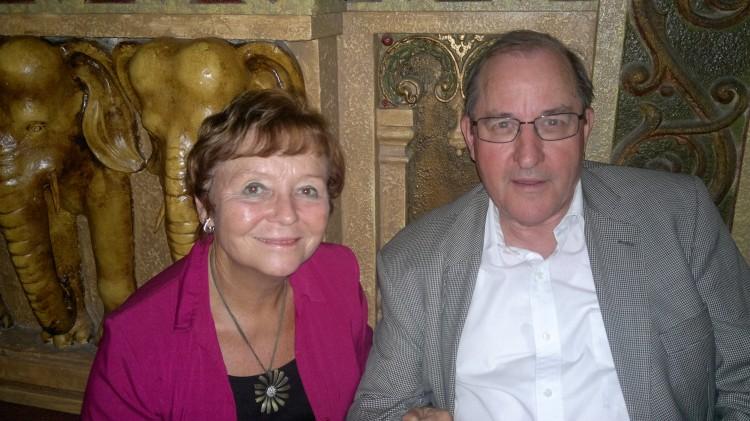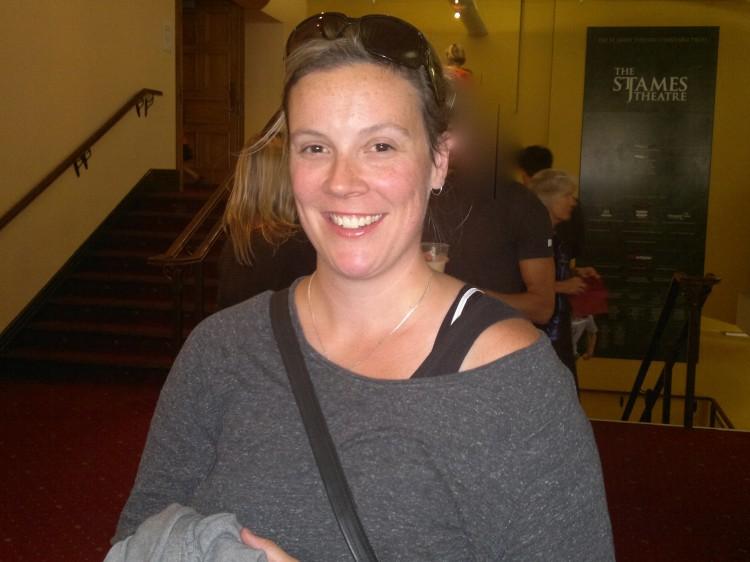Christchurch, New Zealand Earthquake: Devastation Twice in Six Months
Christchurch’s second major earthquake in the space of six months has wreaked havoc on a city that was barely recovering from the major quake in September 2010.
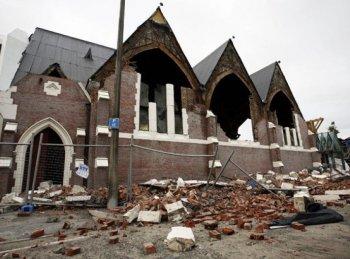
The Knox Presbytarian Church on Bealey Avenue lies in ruins on February 23, 2011 in Christchurch, New Zealand. At least 65 people have died after a 6.3 magnitude earthquake struck 20km southeast of Christchurch at around 1pm local time. Hagen Hopkins/Getty Images
|Updated:
